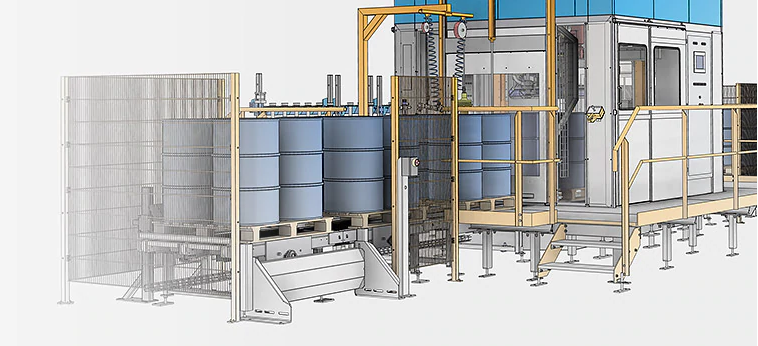What is BIM? The Short Answer
Building Information Modeling (BIM) is a powerful tool that is transforming the construction industry. By creating a digital representation of a building, BIM allows stakeholders to access, share, and use building information more efficiently and effectively. This can help reduce errors and improve collaboration among architects, engineers, contractors, and building managers.
One of the main benefits of adopting BIM is that it allows for better planning and coordination during the design and construction phases of a project. By using 3D modeling software, project teams can create a virtual model of the building that can be used to test different design options and identify potential problems before they arise. This can save time and money by reducing the need for costly changes and delays during the construction process.
In addition to improving planning and coordination, BIM also allows for better quality control during the construction phase. By using BIM, project teams can create a digital record of the building that can be used to track progress, ensure compliance with building codes and standards, and identify potential issues before they become major problems. This can help prevent costly mistakes and ensure that the final building meets the required specifications and standards.
Another key benefit of BIM is that it can improve the sustainability of buildings. By using BIM, project teams can simulate the energy performance of a building and identify opportunities to improve its efficiency. This can help reduce the carbon footprint of the building and save money on energy costs over its lifetime.
Working to ISO 19650, the international standard for BIM, can also help organizations achieve these benefits. ISO 19650 sets out a framework for managing information throughout the lifecycle of a building, from planning and design through to construction and operation. By training staff on ISO 19650, organizations can ensure that they are using BIM in a consistent and effective manner, and that they are able to take full advantage of the benefits it offers.
In conclusion, adopting BIM and working to ISO 19650 can provide numerous benefits for organizations involved in the construction industry. By creating a digital representation of a building, BIM allows for better planning and coordination, improved quality control, and enhanced sustainability. By training staff on ISO 19650, organizations can ensure that they are using BIM in the most effective way possible and taking full advantage of its benefits.

